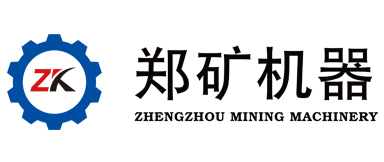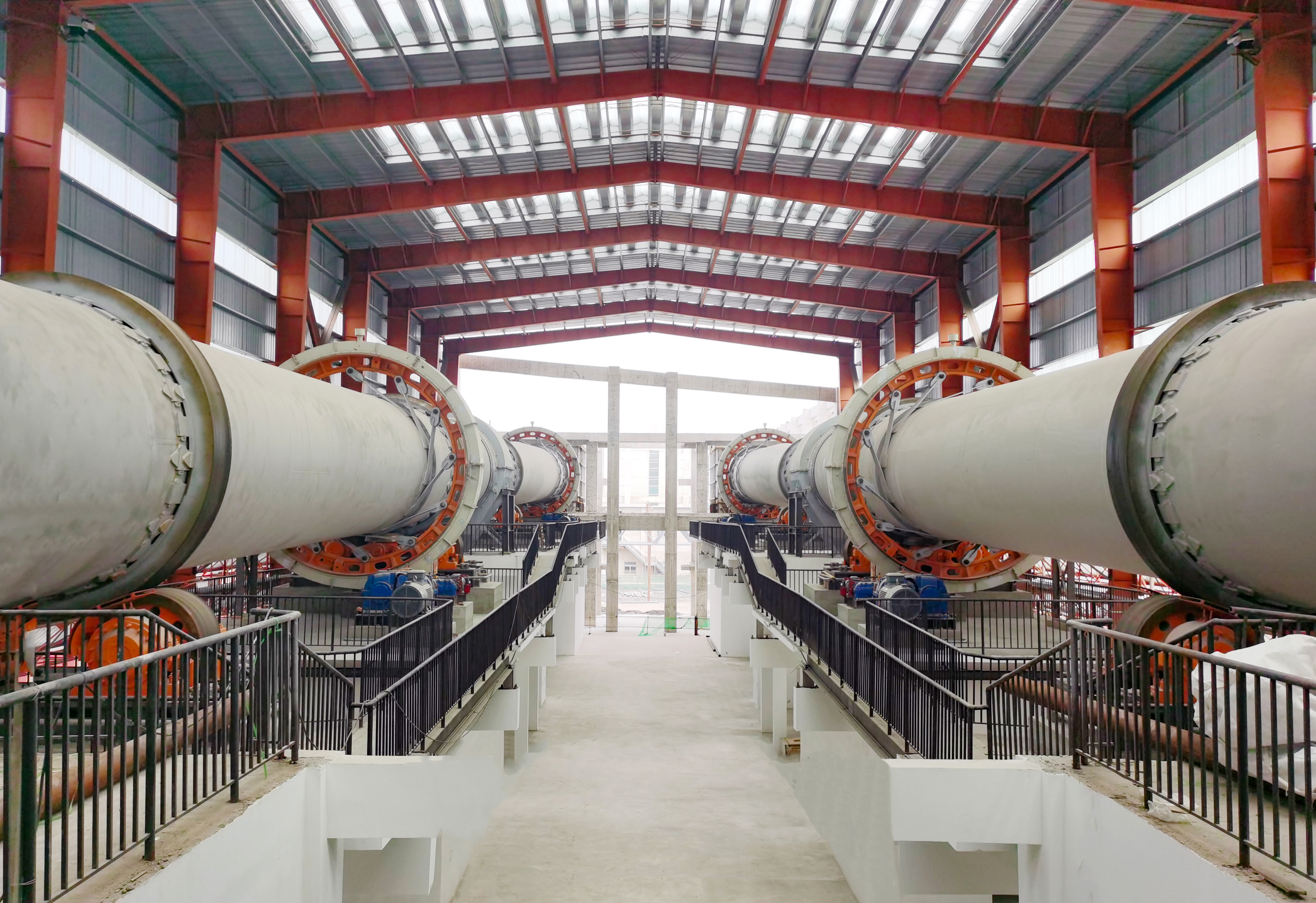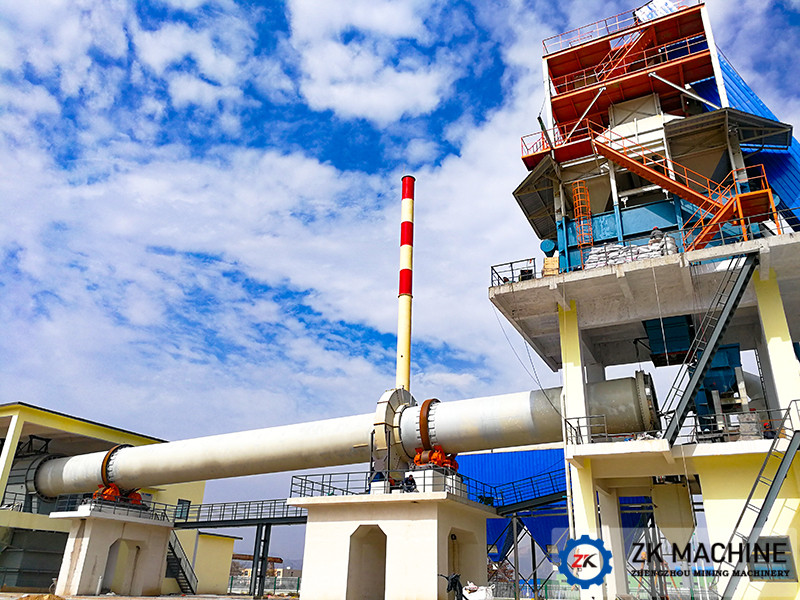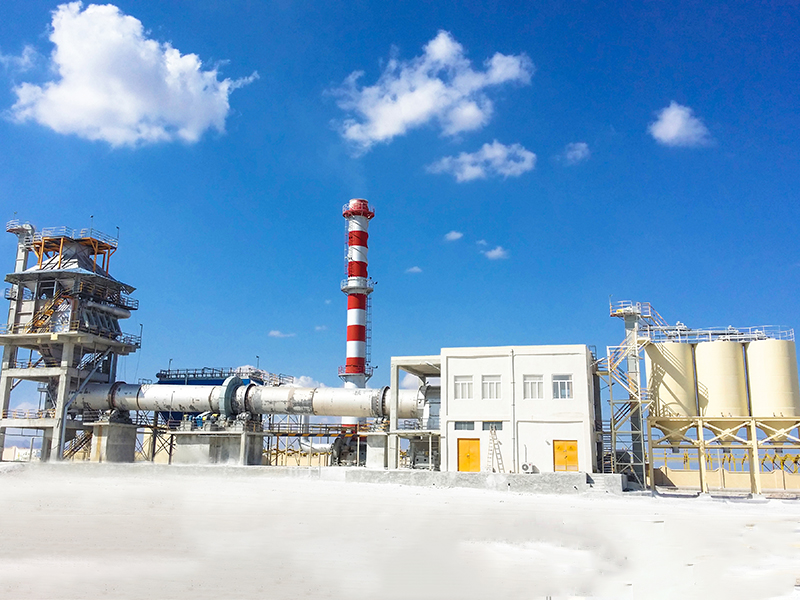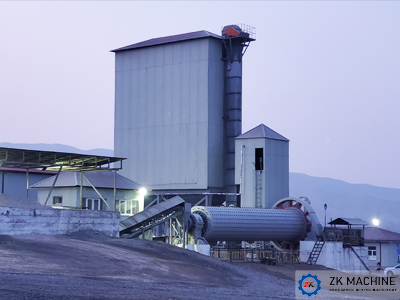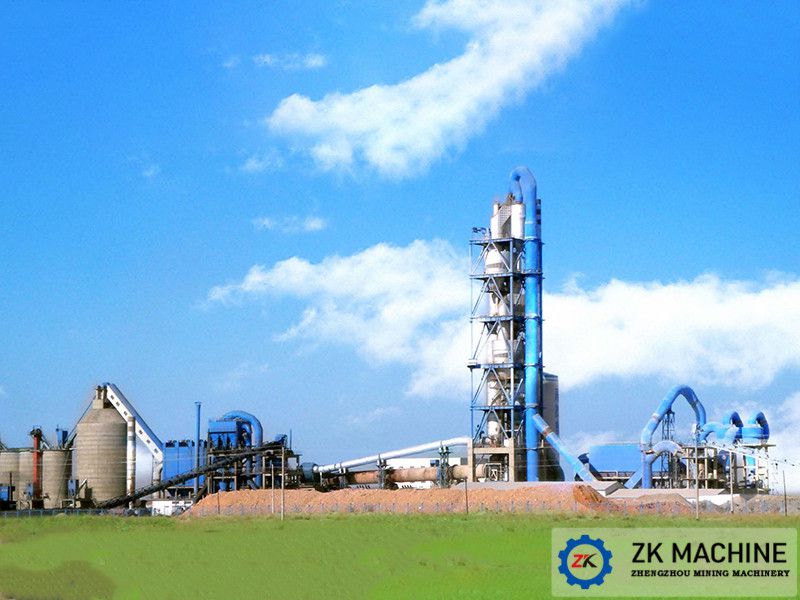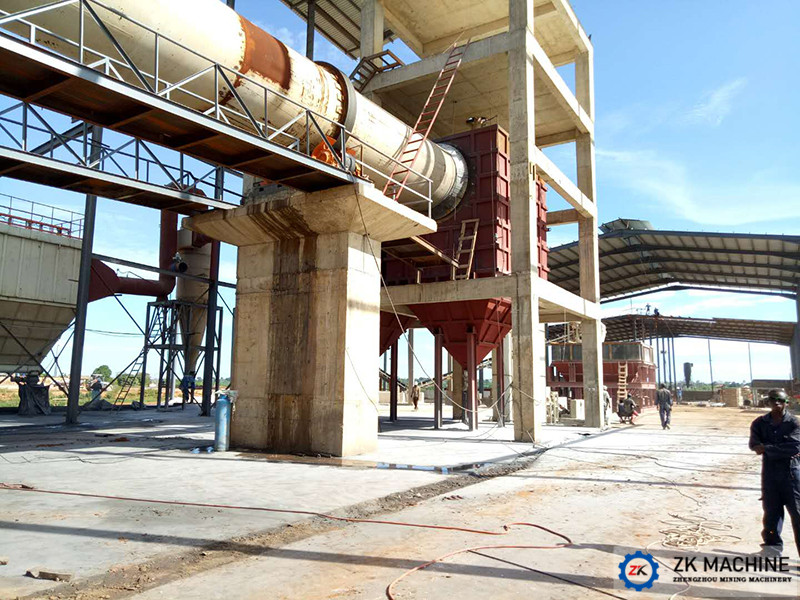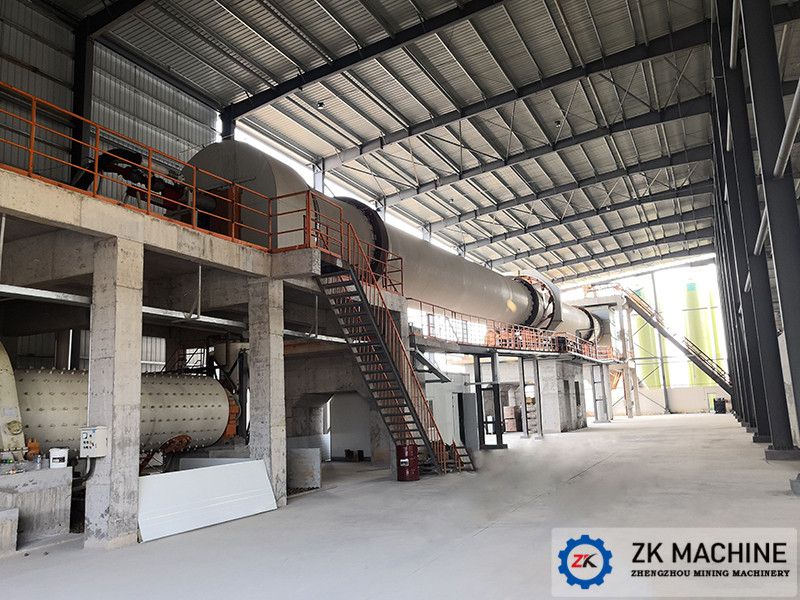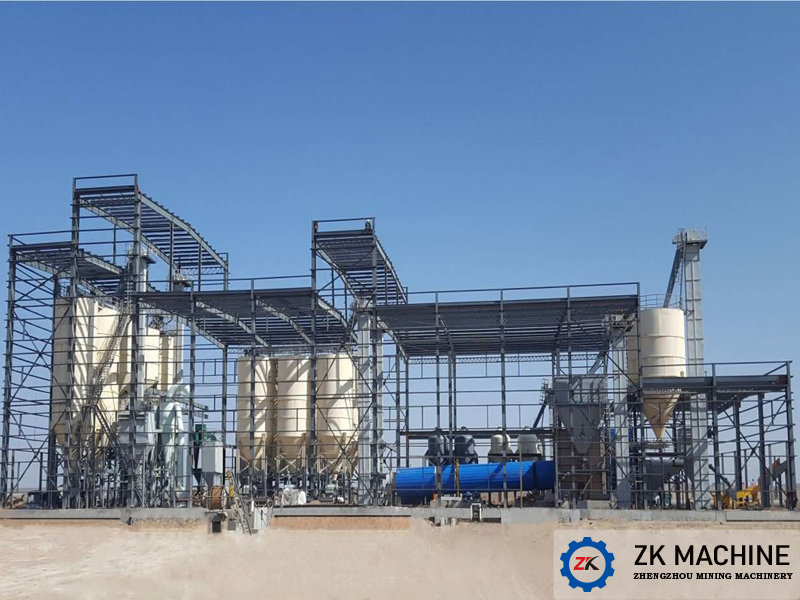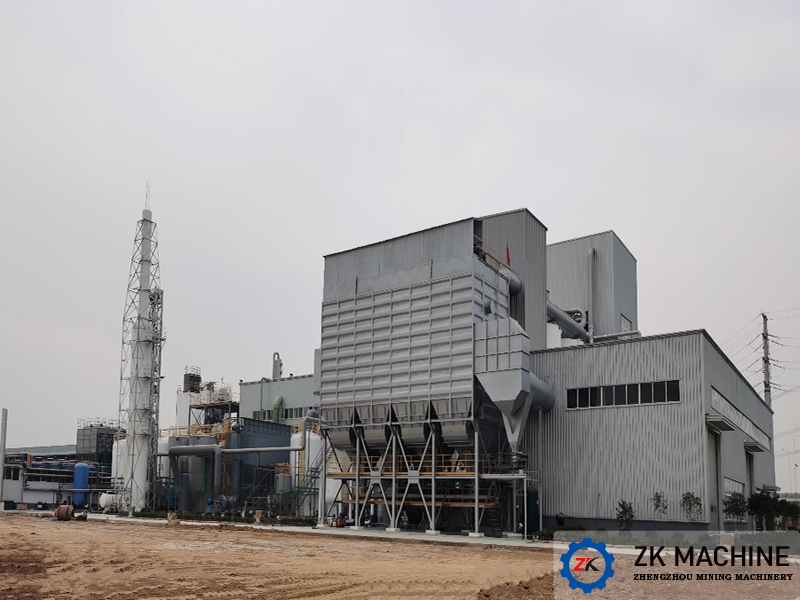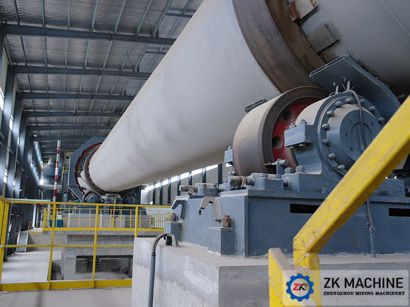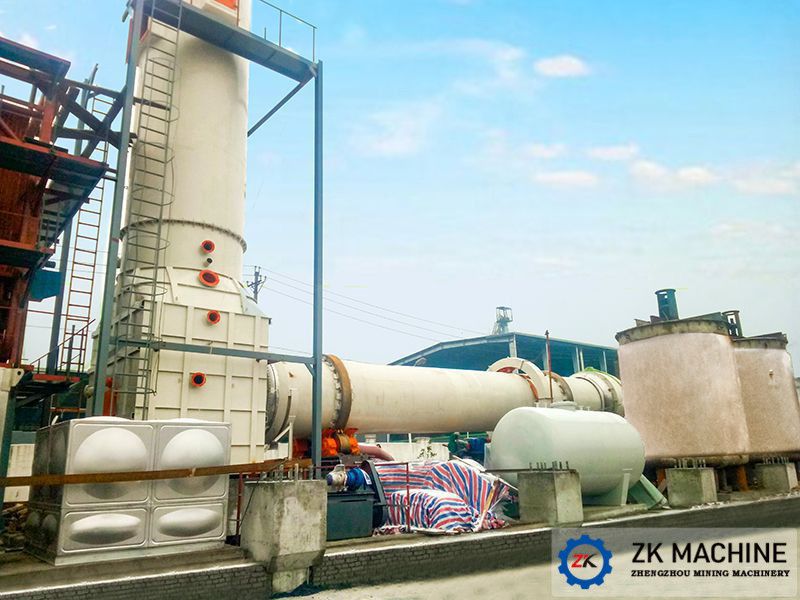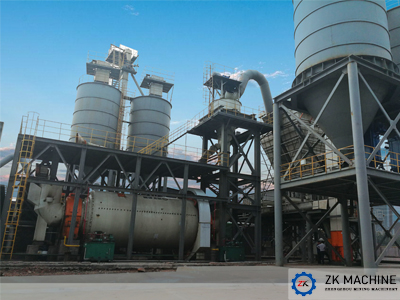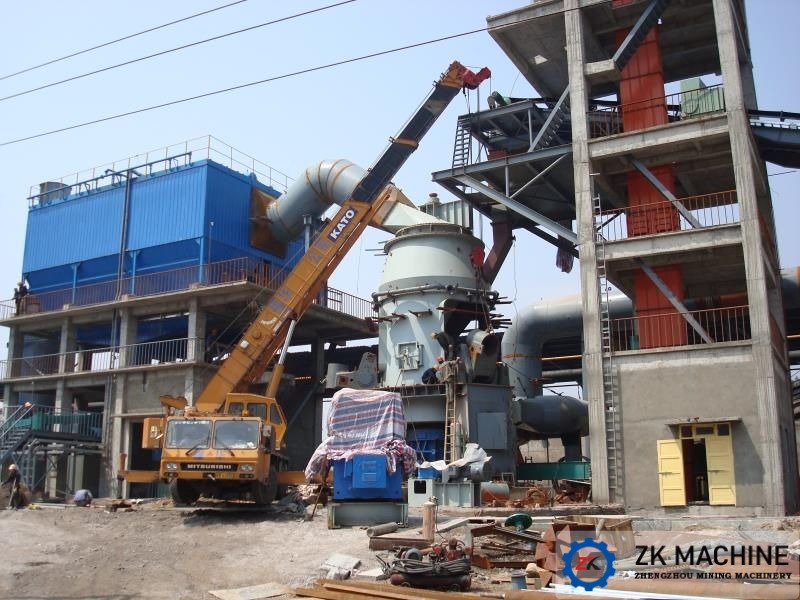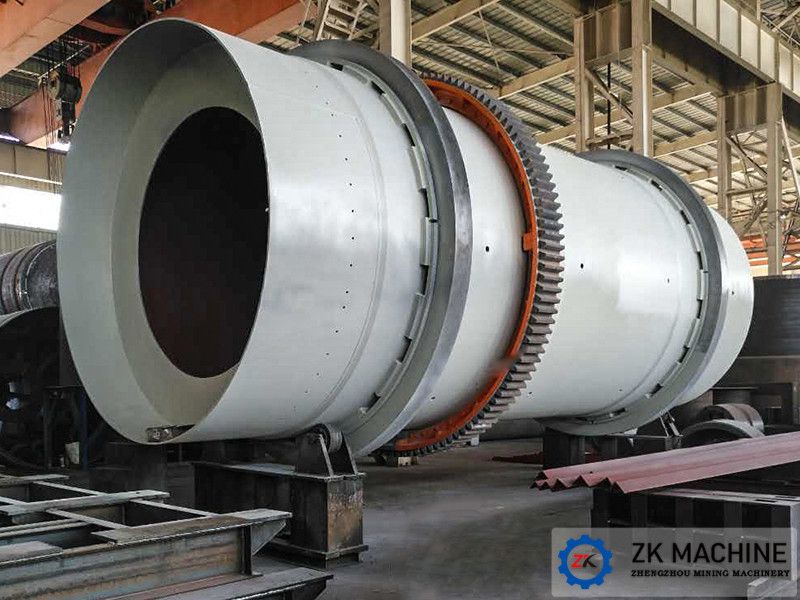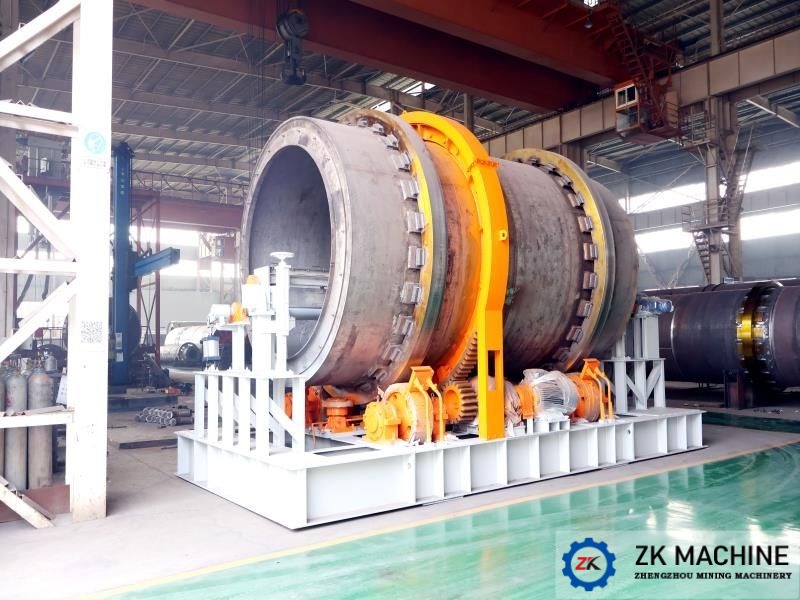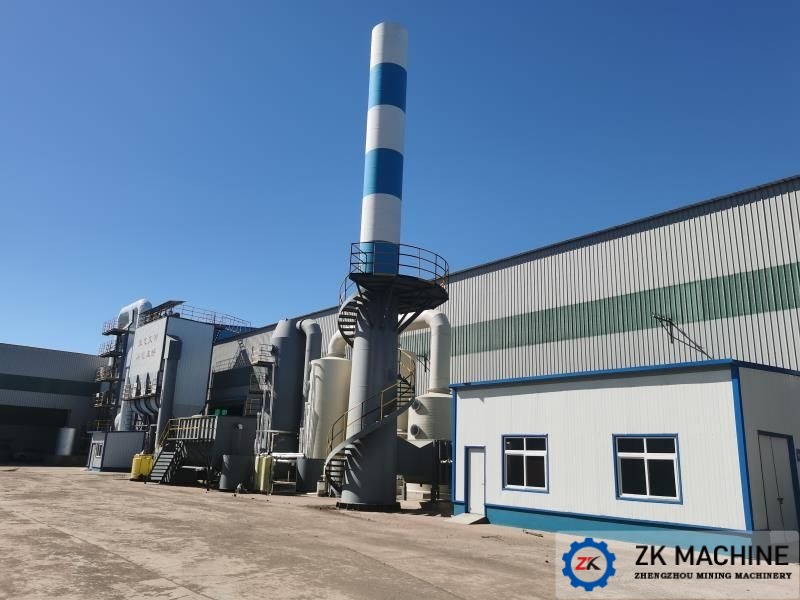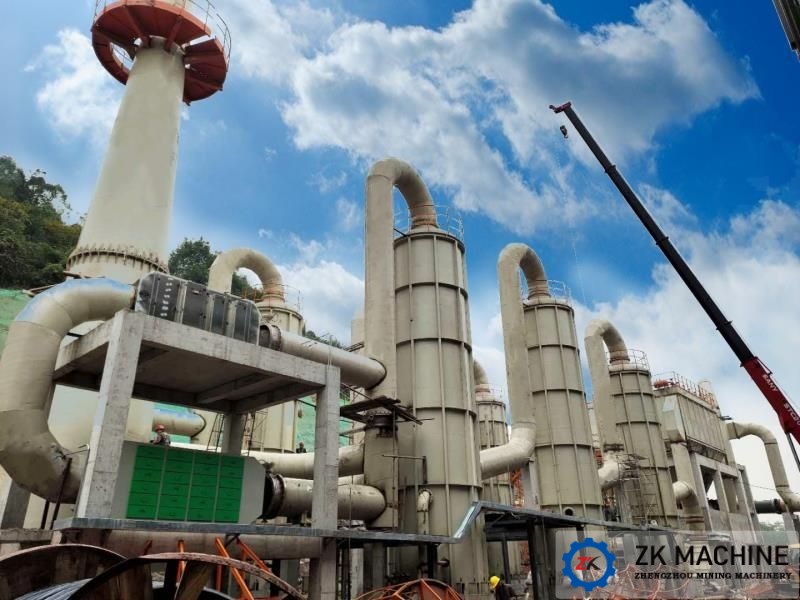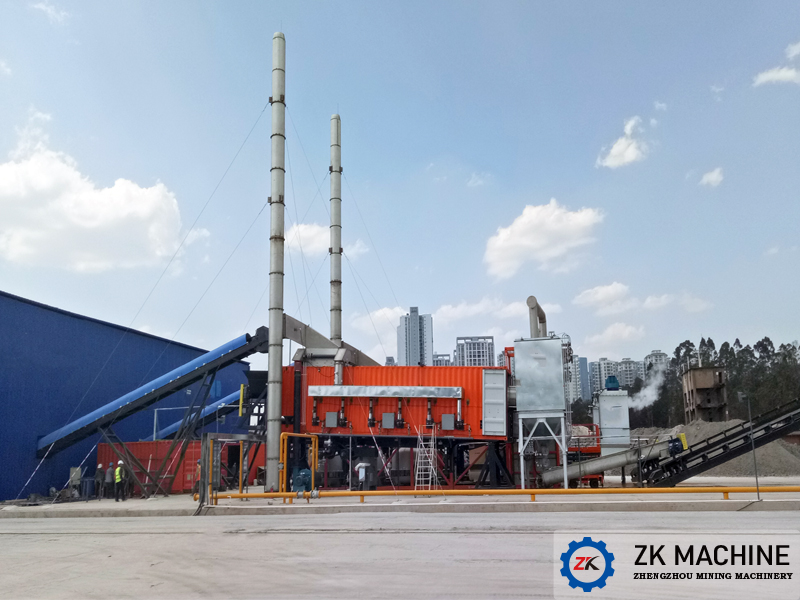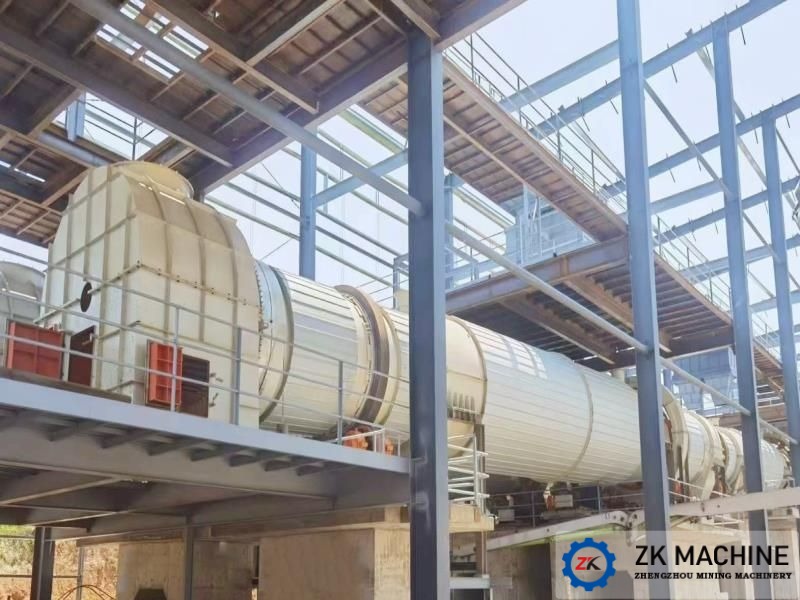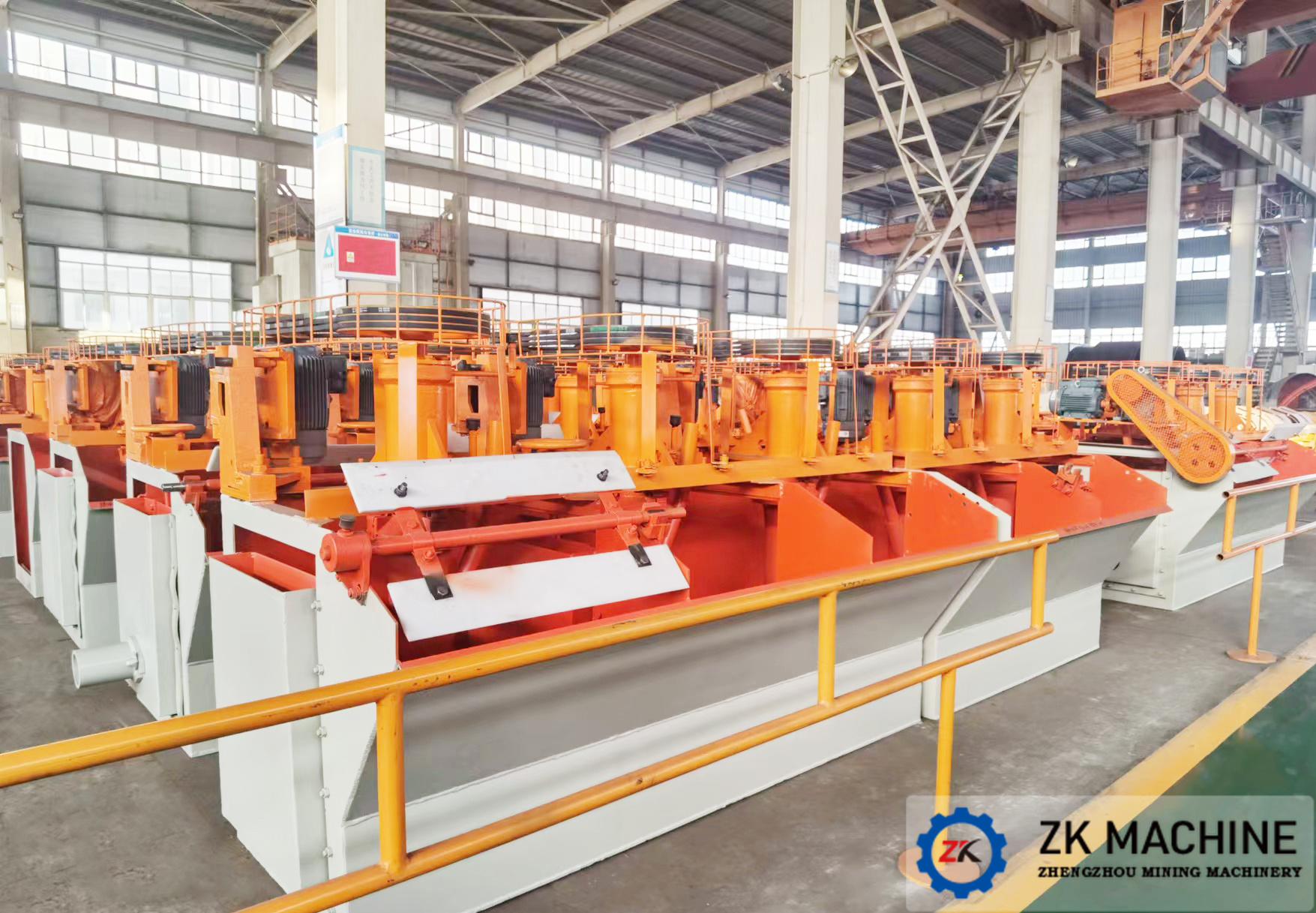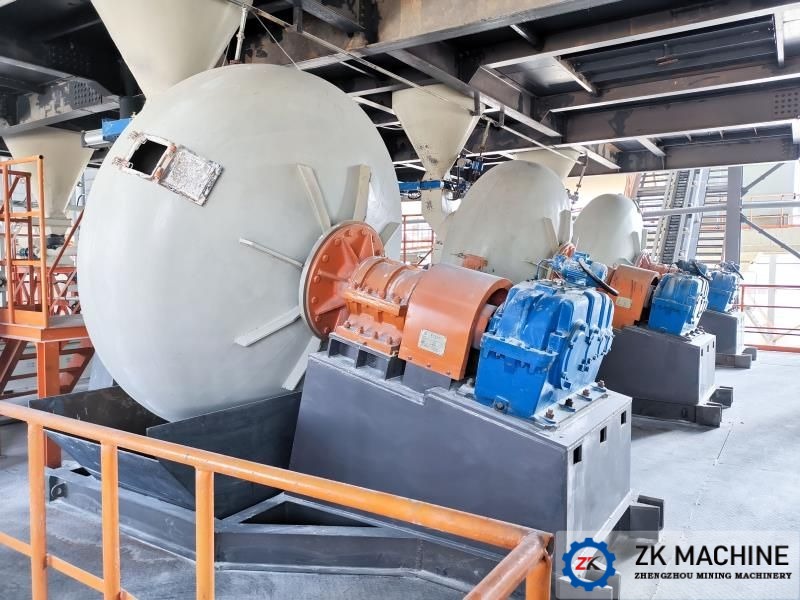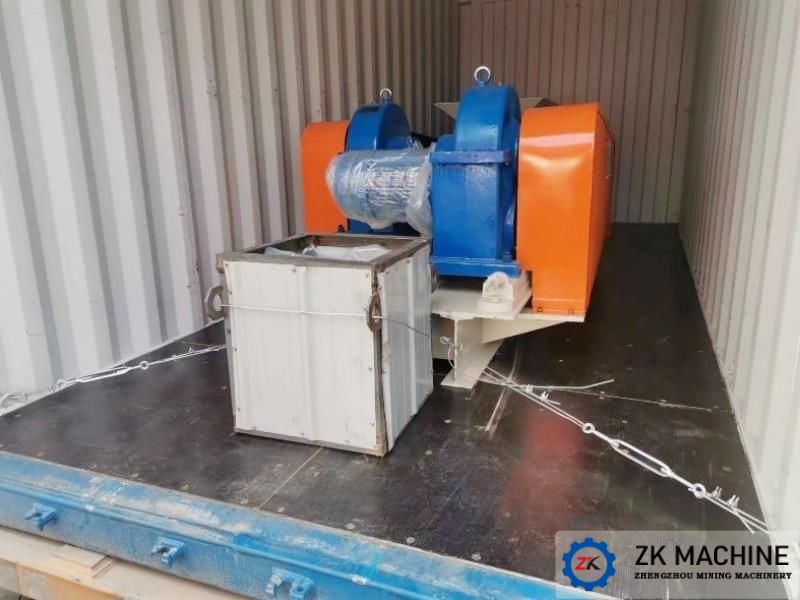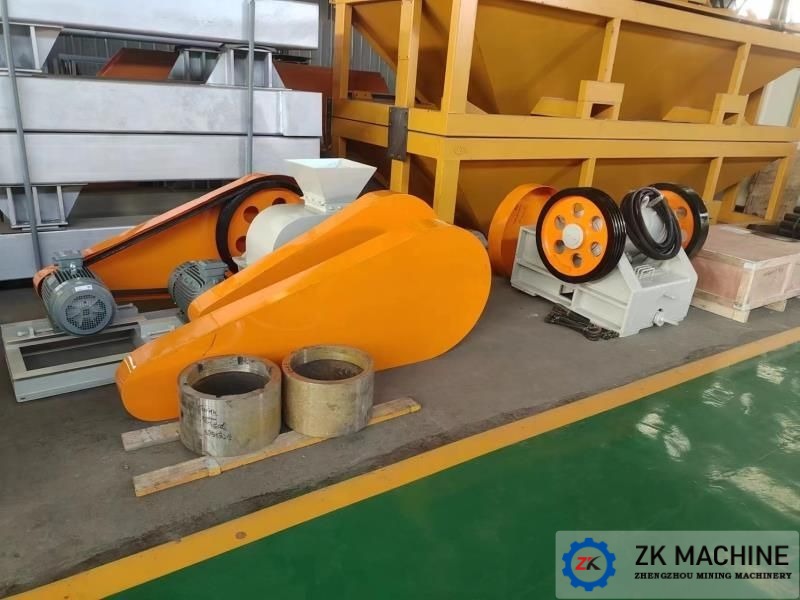Factors Affecting the Dust Efficiency of Cyclone Dust Collector
The diameter, height, shape and size of the air inlet and outlet of the cyclone are the main factors affecting the dust removal performance.
The following briefly introduces several factors that affect the dust removal efficiency of cyclone dust collectors:
1. Inlet wind speed
Increasing the air intake speed can improve the purification efficiency of the dust collector, but if the inlet wind speed is too high, the resistance of the air passing through the dust collector will increase sharply. Therefore, the dust can be smoothly moved from the inner cylinder wall of the dust collector to the outer cylinder wall, and the dust removal efficiency of the dust collector will not increase or increase very little at this time. Therefore, the method of improving the dust removal efficiency simply by increasing the inlet wind speed is not worth the loss. The inlet wind speed should be within the optimal inlet wind speed range, and a dust collector with low resistance should also be selected.
2. Dust collector diameter
The smaller the diameter of the dust collector, the greater the centrifugal force of the dust particles, and the higher the dust removal efficiency. Therefore, the method of reducing the diameter of the dust collector to improve the dust removal effect is also a method often adopted by manufacturers. However, after the precipitator has been reduced, the air volume that a single precipitator can handle is also reduced accordingly. Usually, several dust collectors are connected in parallel to use the commonly used double or quadruple. Some fibrous dust and rope stalks are easy to cause blockage at the air inlet, so it is not suitable for use in occasions with many long fibers. The air volume that the dust collectors can handle when they are connected in parallel is the sum of the air volumes that each dust collector can handle, and the resistance is equal to the resistance of a single dust collector when it handles part of the air volume it undertakes. When the dust collectors are used in series, the air volume handled is equal to the air volume that a single dust collector can handle. The resistance is equal to the sum of the resistance of each dust collector.
3. The height of the dust collector
The height of the precipitator also has a certain influence on the purification rate. The higher the precipitator, the more times the airflow rotates, and the longer the centrifugal force acts. The installation location allows the selection of a precipitator with a high size.
4. The influence of air leakage
The dust collector (unloader) installed in the suction section often sucks in air at the ash hole. This is because the rotating airflow entering the centrifugal dust collector continues to the cone part. Due to the centrifugal force, the air is densely concentrated near the simple wall of the cone to form a low negative pressure area in the central part of the cone, which will pass the outside air through the falling ash. The hole is sucked into the dust collector, and this airflow will seriously affect the discharge of dust, and the dust that has been separated from the air will be taken away by the airflow again. In order to eliminate this phenomenon, a closed air line must be installed at the ash outlet for sealing. The air leakage of the centrifugal dust collector has a significant impact on the purification efficiency.
